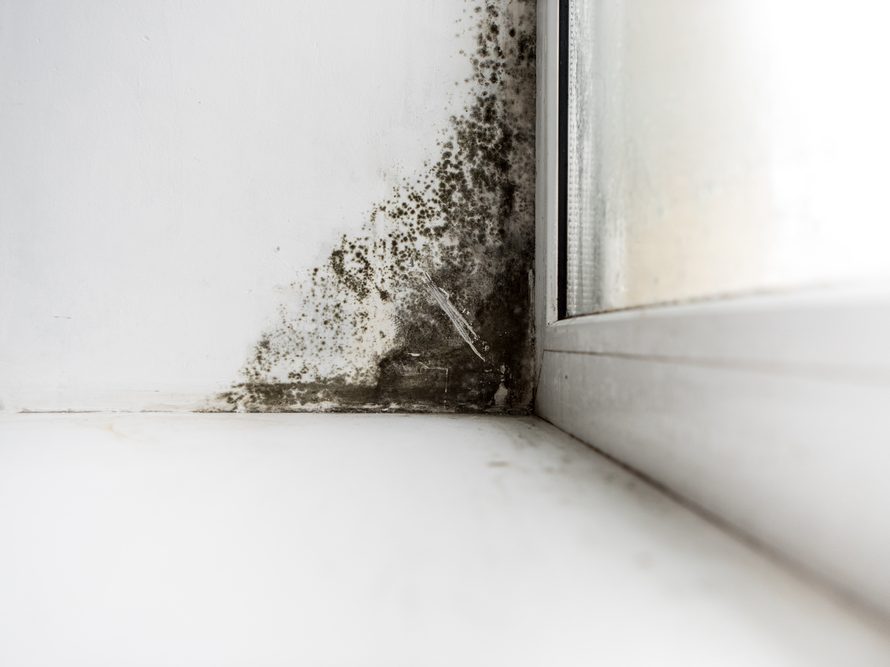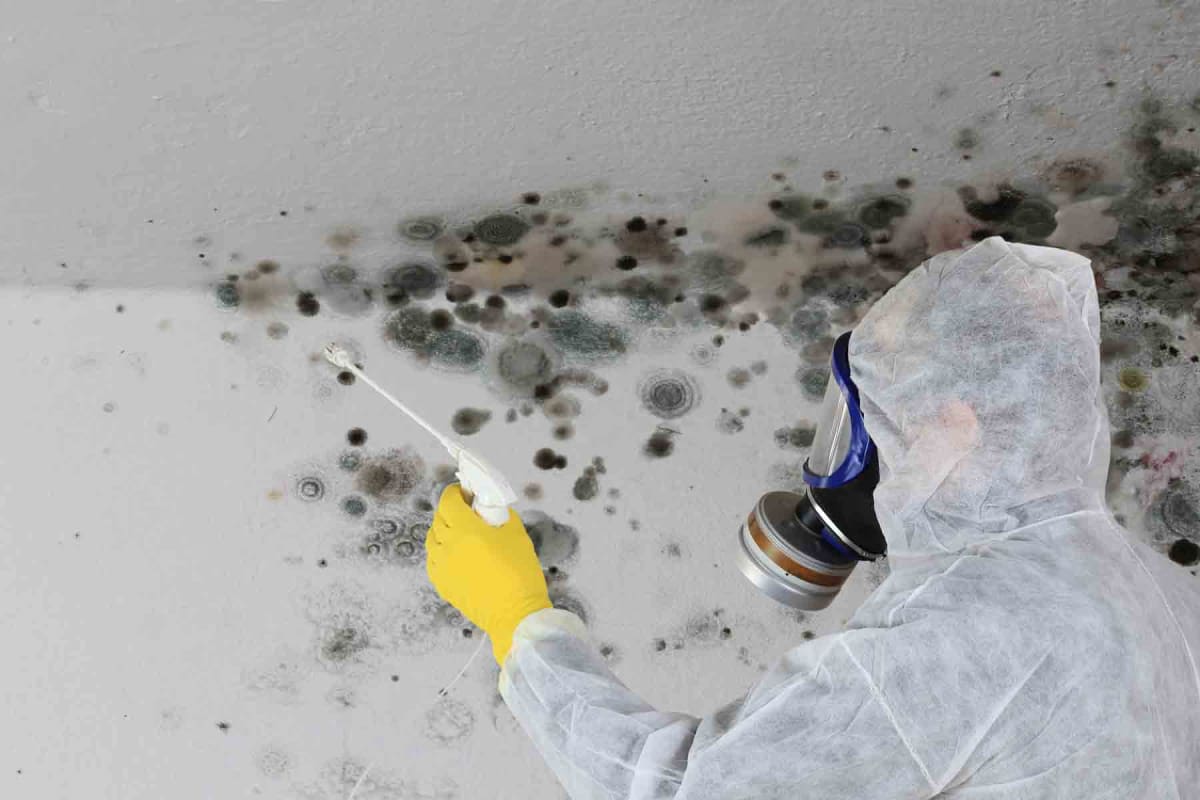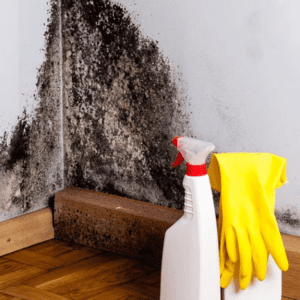Reliable Post Mold Remediation Cleaning Protocols
Reliable Post Mold Remediation Cleaning Protocols
Blog Article
Your Ultimate Overview to Post Mold And Mildew Removal Strategies
In the after-effects of mold and mildew invasion, recognizing exactly how to efficiently remove the mold and stop its reoccurrence is extremely important for preserving a healthy and balanced interior environment. From choosing the best cleansing and sanitizing approaches to executing approaches for long-lasting mold avoidance, each action in the remediation trip plays a crucial function in making certain a successful result.
Understanding Post-Mold Remediation Process
After finishing the mold removal process, it is vital to understand the post-mold remediation methods that are necessary to guarantee a efficient and comprehensive cleanup. Once the mold has been gotten rid of, the following action includes cleansing and sanitizing the impacted locations to stop any kind of regrowth of mold and mildew. This includes utilizing specialized cleaning agents to wipe down surface areas and eliminate any type of remaining mold and mildew spores. It is vital to dry the location completely to discourage the growth of mold and mildew in the future (Post Mold Remediation Report). Correct ventilation and dehumidification can help in this procedure.
Moreover, performing a last assessment post-remediation is essential to ensure that all mold and mildew has been successfully gotten rid of. If the assessment reveals any type of remaining mold, added remediation may be necessary.
Reliable Cleaning and Sanitizing Methods

Stopping Future Mold And Mildew Development

Importance of Proper Air Flow
Correct air flow plays an essential role in protecting against moisture buildup, a crucial aspect in mold development within interior atmospheres. Reliable air flow systems assist remove excess humidity from the air, reducing the opportunities of mold and mildew spores locating the wetness they need to germinate and spread. Without sufficient air flow, indoor rooms can end up being a breeding ground for mold, bring about prospective wellness risks and structural damages.
By making certain correct air circulation, ventilation systems can likewise help in drying out moist areas quicker after water damage or flooding cases, better discouraging mold growth. Post Mold Remediation. In rooms like shower rooms, kitchens, attics, and basements where wetness levels often tend to be higher, installing and maintaining reliable air flow systems is essential in protecting against mold and mildew problems

Monitoring and Maintenance Tips
Offered the essential function that proper air flow plays in avoiding mold growth, it is critical to develop reliable tracking and maintenance pointers to make sure the continued functionality of air flow systems. Tracking moisture levels within the building is also important, as high humidity can contribute to mold and mildew growth. By staying attentive and positive to the condition of ventilation systems, residential property owners can effectively reduce the threat of mold and mildew regrowth and maintain a healthy and balanced indoor atmosphere.
Conclusion
Finally, post-mold removal strategies are necessary for making certain a tidy and safe setting. Understanding the process, carrying out effective cleaning and sanitizing methods, protecting against future mold development, keeping appropriate air flow, and normal tracking are all essential actions in the remediation procedure. By following these guidelines, you can efficiently remove mold and mildew and prevent its return, advertising a healthy living or working space for all owners.
In the after-effects of mold and mildew infestation, understanding just how to properly get rid of the mold and stop its reoccurrence is critical for maintaining a healthy interior setting. When the mold and mildew has been removed, the following action entails cleaning and disinfecting the impacted areas to stop any regrowth of mold and mildew - Post Mold Remediation. After removing noticeable mold development, it is important to clean up all surface areas in the afflicted area to remove any type of remaining mold spores. To better improve mold and mildew prevention procedures, it is important to resolve underlying issues that originally led to mold advancement.Given the essential function that proper ventilation plays in protecting against mold growth, it is vital to develop reliable tracking and maintenance pointers to ensure the continued click resources performance of air flow check my site systems
Report this page